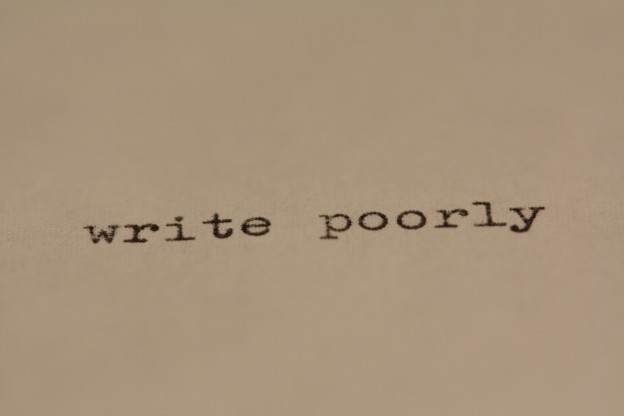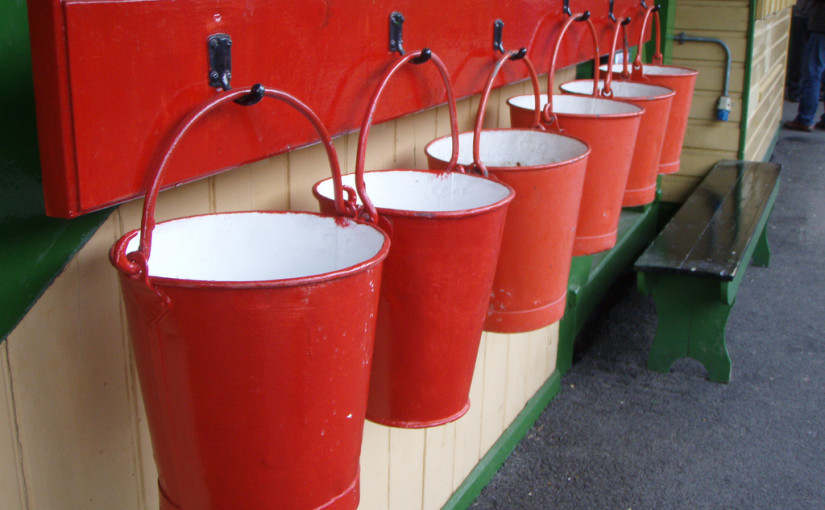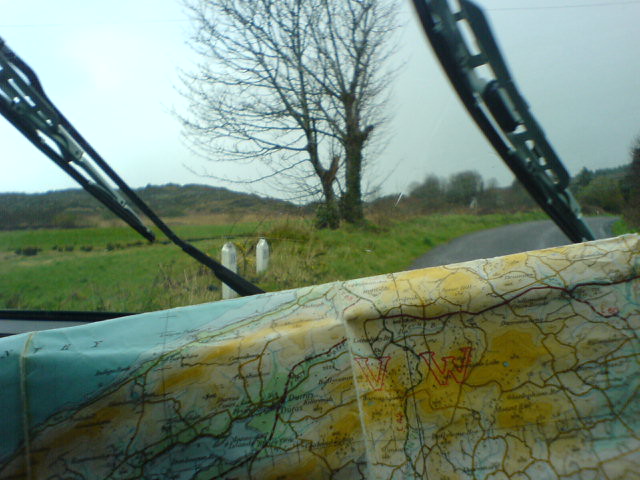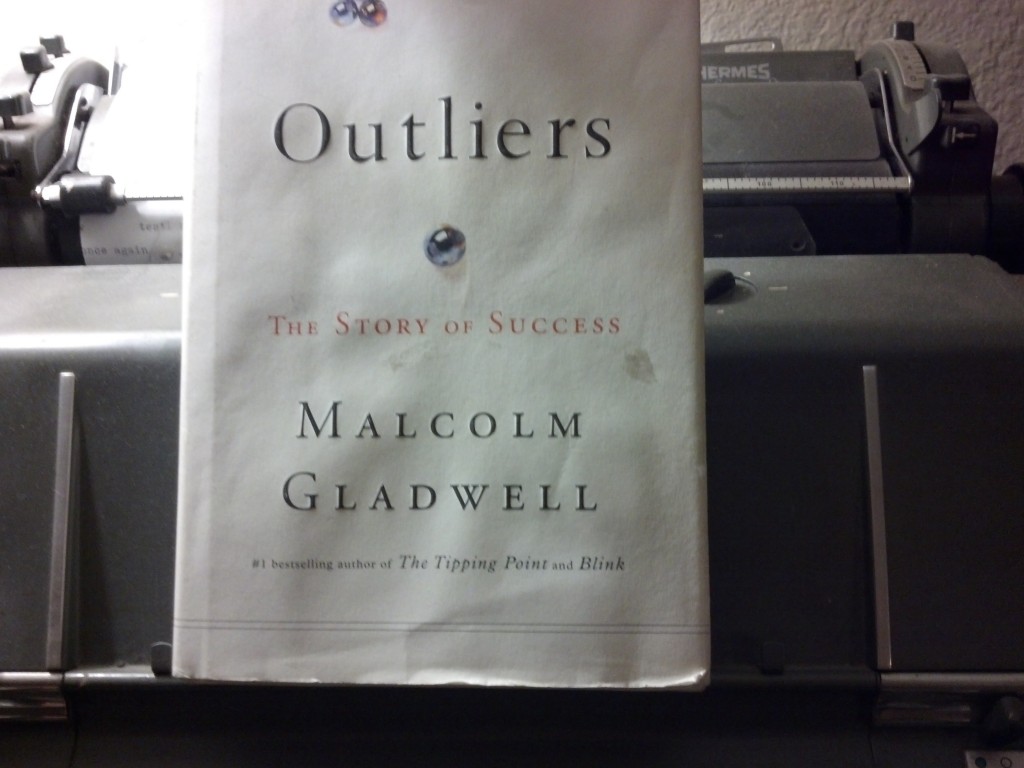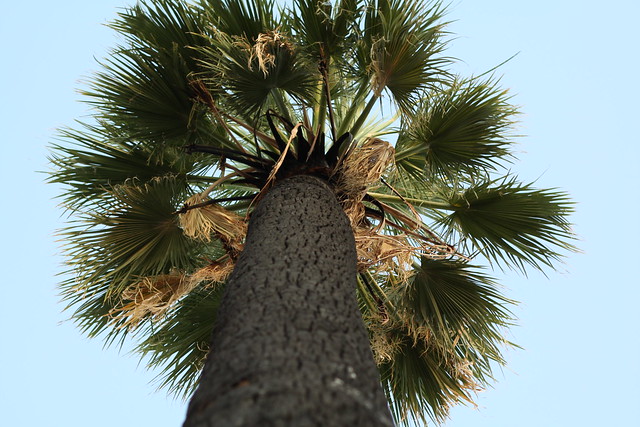“Whatever you do in life, surround yourself with smart people who’ll argue with you.” – John Wooden
These days, the vast amount of content and information at the ready on the Internet gives us access to many smart people, from all industries and walks of life.
Personally, I really enjoy listening to quality interviews either on the radio, online or via podcasts. Not only do they usually feature smart people with interesting stories to tell, but the conversation allows multiple viewpoints, debate and an organic flow of ideas.
Today I’m going to share two inspiring interviews with you, and hope you find them as educational and thought-provoking as I did.
Continue reading Writing inspiration from Neil Strauss, Tim Ferris and the HBR IdeaCast
